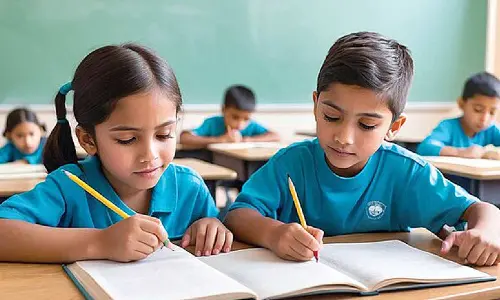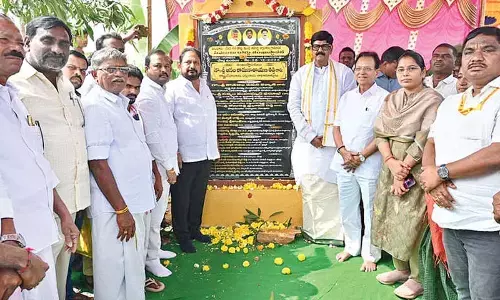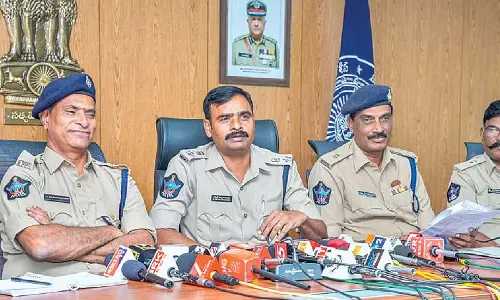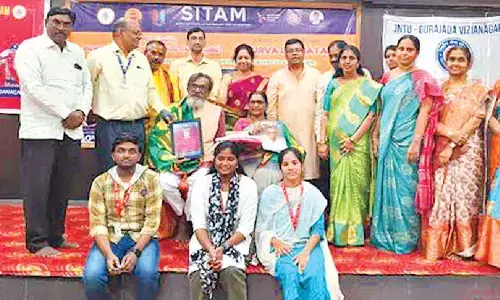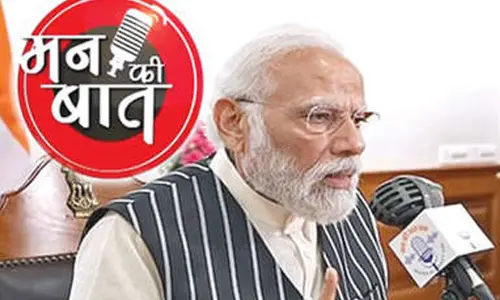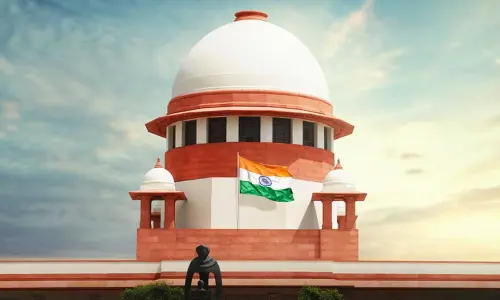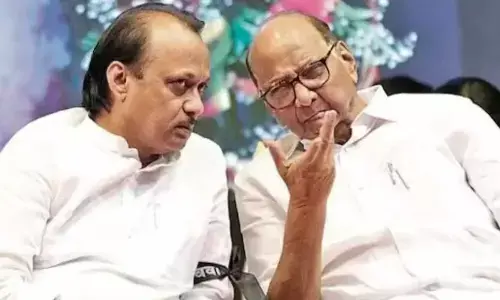A deep connect despite divergence

‘Cheyyethi Jai Kottu Telugoda’, in a similar fashion, exhorts the Telugu people to stay united and break the jinx of living like step-children. Yet another endearing tribute to the oneness of the Telugu people is the memorable song, ‘Telugu Jati Manadi’. In an emotional and extremely appealing fashion, the lyricist called upon the Telugus living in the two states to transcend the barriers of slang, accent, grammar, and to remember that while the epic Mahabharata was born in Rajahmundry of Andhra Pradesh, the Bhagavata was born in Warangal of Telangana state
Apart from what was discussed in the earlier part of this article, there are many other areas where each of the two states has proved a match for the other.
To begin with, what greater proof can there be, of the Telugus having once been a harmoniously integrated linguistic group, than the fact that the mighty Satavahanas had their capitals at different places, in different times, such as Kotla in Telangana and Amravati in Andhra Pradesh, apart from Prathishtana in Maharashtra? Likewise, the mighty Vijayanagara kingdom shifted its capital from Hampi, which lies in Karnataka state today, to Penukonda in today’s Andhra Pradesh. Similarly, the equally formidable Kakatiya dynasty, which ruled most of the Deccan region between the 12th and the 14th centuries ADE, comprised territories which belong both to today’s Telangana and Andhra Pradesh, apart from other states, with the capital in Warangal in today’s Telangana. Queen Rudrama Devi of the Kakatiya dynasty was one of the few and notably successful women rulers in the Indian history.
It is the same when it comes to places of religious importance. For instance, the temple of Lord Venkateswara, the Presiding Deity of Tirumala, in Tirupati district of Andhra Pradesh, is undisputedly the richest Hindu shrine in the country. People from all over the country and many parts of the world visit Tirumala for a darshan of the Lord. Lord Lakshmi Narasimha Swami at the recently renovated Yadagirigutta hilltop temple near Bhongir town in Telangana district is also a highly popular deity who is now drawing crowds in unimaginably large numbers
The two states have a lot to offer to followers of other faiths, too. For Christians, there is the Church of St. John the Baptist, consecrated and dedicated in 1813, which is the oldest church in the Twin Cities of Hyderabad and Secunderabad. And the Cathedral at Medak, also in Telangana, is one of the largest churches in India. And, in Andhra Pradesh, the London Missionary Society, established in 1805 in Visakhapatnam, was the first Protestant mission.
So far as the Muslim community is concerned, there is the Mecca Masjid in Hyderabad, the largest in the city and one of the largest in the country with a capacity to seat 10,000 people. And a beautiful mosque, known as Masjid-e-zam, built in the 17th century, is located close to the Gandikota Fort near Kadapa city. Historians believe that it was built by the Moghul Emperor Aurangzeb when the region was part of his empire.
And for tourists, if Andhra Pradesh state offers Anantagiri with its ancient temple, coffee plantations and pristine landscapes in the beautiful Araku Valley in Vishakhapatnam district, Vikarabad in Telangana state comes close with its salubrious climate and pleasant surroundings.
Some of the most outstanding, and well-known, jurists from the two states include Koka Subbarao and N V Ramana, both formerly Chief Justices of India and B P Jeevan Reddy and P Jaganmohan Reddy both of whom served as Judges of the Supreme Court of India. Many a song with the most beautiful lyrics has been written about Telugu Thalli, the Goddess of the Telugu people. ‘Maa Telugu Thalli’ Ki is perhaps the most popular, which extols the rich endowments of the land of the Telugus and the greatness of its people. ‘Cheyyethi Jai Kottu Telugoda’, in a similar fashion, exhorts the Telugu people to stay united and break the jinx of living like step-children.
Yet another endearing tribute to the oneness of the Telugu people is the memorable song, ‘Telugu Jati Manadi’. In an emotional and extremely appealing fashion, the lyricist called upon the Telugus living in the two states to transcend the barriers of slang, accent, grammar, and to remember that while the epic Mahabharata was born in Rajahmundry of Andhra Pradesh, the Bhagavata was born in Warangal of Telangana state. Both states also have major irrigation projects. While the Nagarjuna Sagar project, in Telangana state is on the Krishna River, the Polavaramprojectis on the Godavari river, in Andhra Pradesh. The poet also counsels the two people inhabiting the two states to settle their differences within the four walls of the Telugu home and not carry disputes to outsiders for resolution. The point being made is that the two states should complement their strengths to march ahead towards an era of rapid growth and sustainable development.
It is, no doubt, a welcome move that the two Chief Ministers have decided to thrash out pending issues in a congenial atmosphere. But, as the outcome of the process will ultimately affect the future of the people of the two states, it is necessary that the exercise be made as broad-based as possible. One hopes, in that context, that representatives of political parties, other than the ruling parties of the two states, eminent experts familiar with the background of the issues concerned and people from non-government organisations (NGOs), and community-based crganisations (CBOs) will also be taken on board in the process, if not as an integral part of it, at least separately as a sideline arrangement..
In any case, it would be wise, prudent, and sensible for the discussions to lead, not to decisions, but to resolutions which later could be ratified by the legislatures of the two States. The desirability of keeping the Government of India informed of the contents of such resolutions will also need to be explored.
These suggestions have also been made by Rajeshwara Rao from Mulugu, whose appeal to the two Chief Ministers originally triggered the idea of writing this set of articles,
Telugu language has a versatile repertoire of sounds. Phonetically speaking, those who speak Telugu can repeat practically any sound in any language of the world., With, perhaps, the exception of a few African languages where the way in which r is pronounced in French or g and k and kh in Arabic. Some languages, however, have such a thick and strong phonetic base that some people have difficulty in not carrying it into their pronunciation.
In the context of languages, and in a lighter vein, here is a story. There was this international conference going on, of one of the South Indian languages. Before beginning his speech, the chief guest enquired of the audience whether he should speak in English or in the language of the conference. When assured that English would be quite welcome, he went on to speak in English. After the chief guest finished, the person proposing a vote of thanks complimented him for having spoken in the mother tongue, although given the choice to speak in English!
(The writer was formerly Chief Secretary, Government of Andhra Pradesh)








